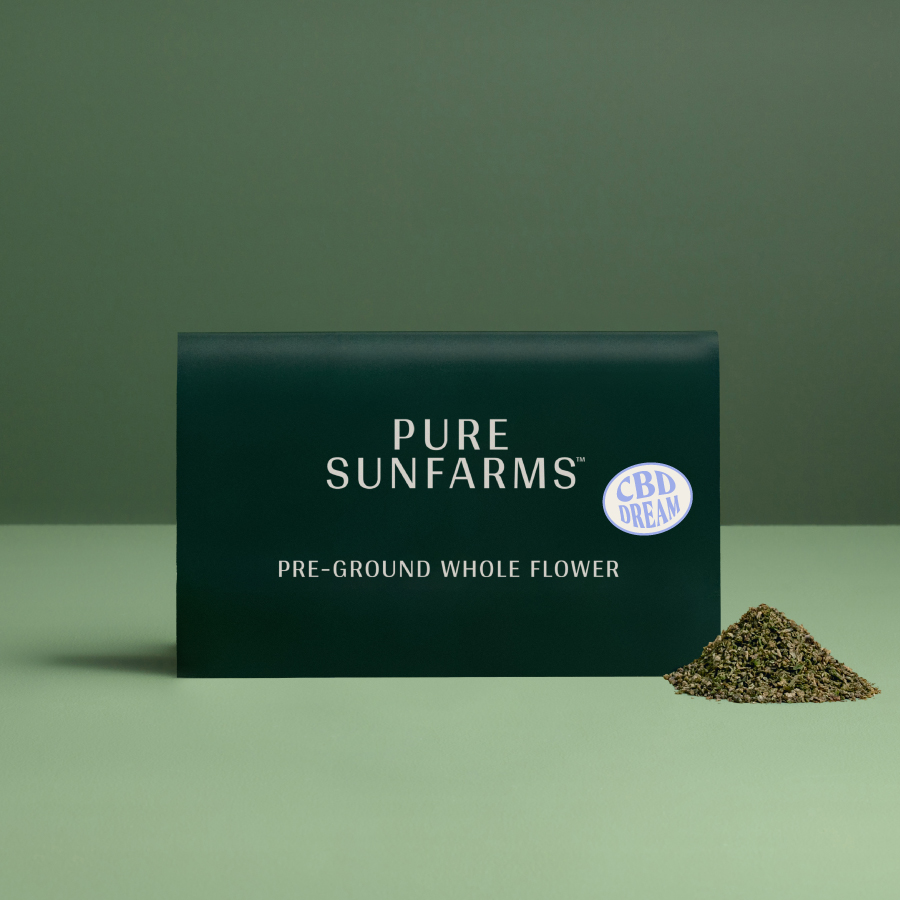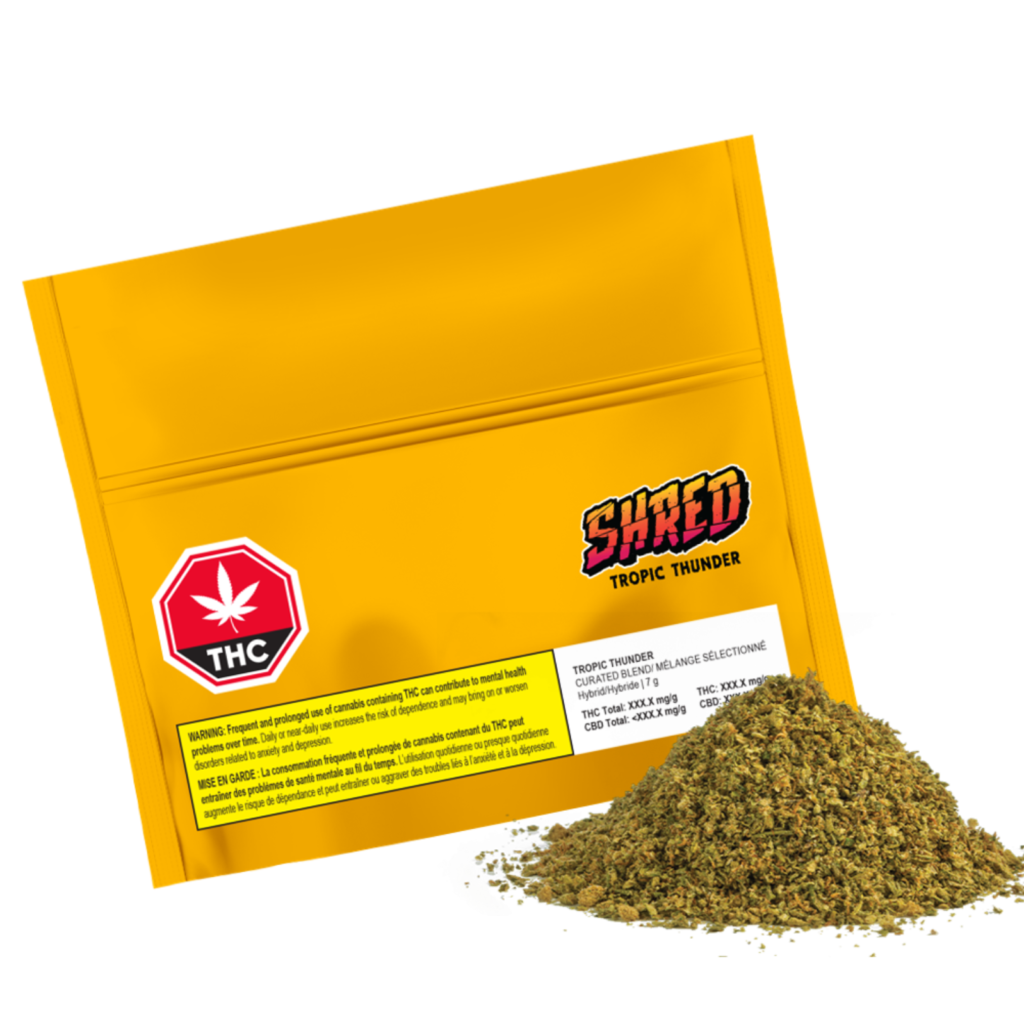Marijuana, AKA cannabis or “weed,” has been legal in Canada since 2001 for medical purposes and it was also legalised for recreational use by adults in 2018. While there are multiple ways to obtain marijuana, one of the easiest is purchasing it online. Buying weed online is convenient and safe, provided you follow a few simple rules and don’t run afoul of the law. This starts with finding a reputable and licensed dispensary, such as BuyWeedPacks, understanding the possession limits for medical and recreational use and determining which use you qualify for.
1) Medical Marijuana
Medical cannabis has been legal in Canada since 2001 and patients with a prescription are allowed to possess 150 grams or 30 times the equivalent of one daily prescribed dose of dried marijuana or its equivalent. In order to qualify for the medical-use limits you must have a valid prescription for cannabis from a licensed healthcare provider. Absent a prescription, you must stay within the legal limits for recreational use.
2) Recreational Use
Canada law allows adults, 18 years of age and over, to buy and carry up to 30 grams of dried marijuana in public at one time. This restriction also applies to the amount that can be carried in a vehicle. There are no current limits on how much marijuana can be kept at home. Canada national law allows provinces to modify possession amounts, storage and transport amounts as well as the minimum age requirement. While provinces are allowed to raise the minimum, they cannot lower it. Canadian law allows for the follow possession amounts for adult recreational use:
- One (1) gram of dried marijuana
- Five (5) grams of fresh cannabis
- 0.25 grams of concentrate
- 15 grams of edibles
- 70 grams of liquid
- One (1) plant seed
* Note that the penalties for possession over these limits can range from a relatively small fine to up to five years in prison.
Choosing a Dispensary
The four major locations for purchasing weed online are Alberta, British Columbia, Ontario and Quebec. You might think that buying weed online is as simple as performing a quick search and selecting a store at the top of the search results or going to sites like Facebook or Craigslist. However, caution must be exercised when buying online to avoid disreputable or illegal sellers.
The Medicinal Marijuana Association cautions consumers to be sure to do their due diligence before purchasing weed online as there are some disreputable sites that look legitimate, but are really scams. The same cautions are advisable for recreational-use purchases as well. Check to be sure the dispensary is licensed which means they will be regulated and that means their product will have been screened for contaminants that could cause unwanted side effects.
Once on a site you will be asked to confirm your age before entering the website. Browse through the various categories of products and compare the selections and prices with other online sellers. After you have decided on a dispensary and made your selection, you will checkout and the package will be delivered.
Knowing What to Buy
If this is your first time buying cannabis, you may be a little overwhelmed with all of the different options. Take your time and look through all the buying options. There are two base cannabis species known as Cannabis sativa and Cannabis indica. Sativa has a more stimulating effect and indica has a relaxing effect on both your mind and body. There are hybrids of the two species that give some of the effects of each species.
The two main compounds found in cannabis are cannabidiol, or CBD, and tetrahydrocannabinol, or THC. CBD is a pain killer and can be extracted from either cannabis or hemp. However, THC is what produces the euphoric effect, or “high” and is found mainly in cannabis.
Cost of Buying Weed Online
Like everything, online prices will fluctuate with supply and demand and will typically increase as time goes by to cover the cost of inflation. However, the cost of buying weed online from a reputable vendor will typically be about the same or even cheaper than purchasing it in a store. Check with a few sites to get an idea of what the going prices are and you will learn how to spot a good deal. Note that some dispensaries do charge a delivery or shipping fee, but many will waive the fee if you spend a certain amount. It pays, or saves in this case, to confirm this before making a purchase.
Delivery
Online marijuana delivery is handled much the same as buying other products online with most stores shipping through the Canadian Postal service or via a reputable courier.
Conclusion
Buying weed online is not really any more of a mystery than buying anything else on the web, and all the same common-sense rules apply. Take your time to learn the market, comparison shop and confirm the legitimacy of the vendor before handing over your credit card info and you will be a savvy online weed shopper in short order.
via SFWeekly.com

